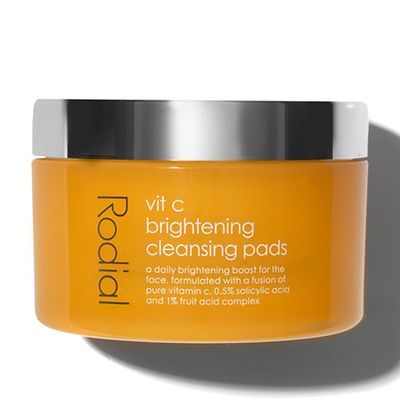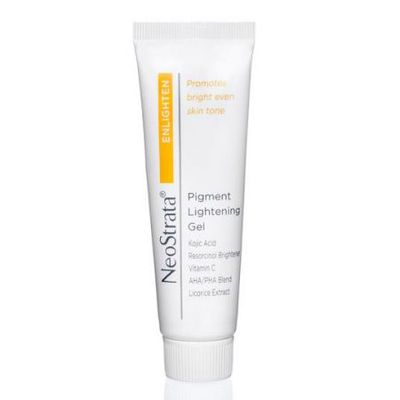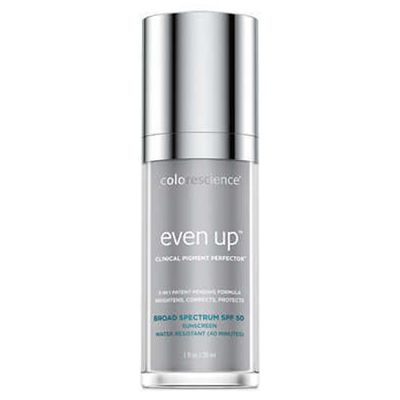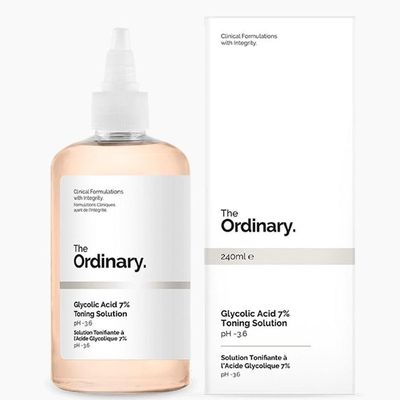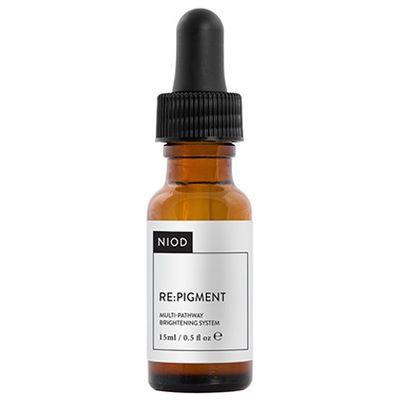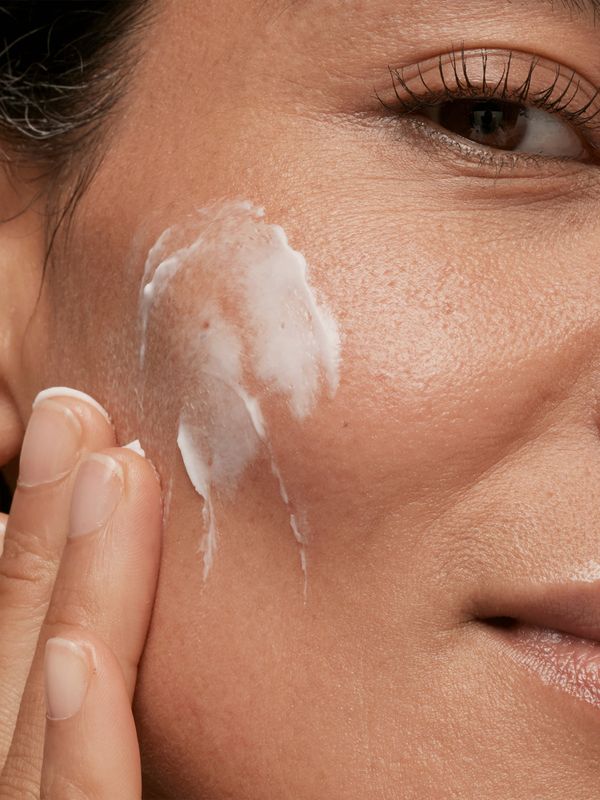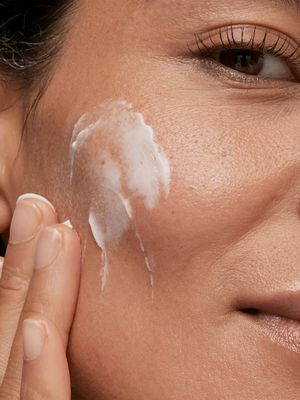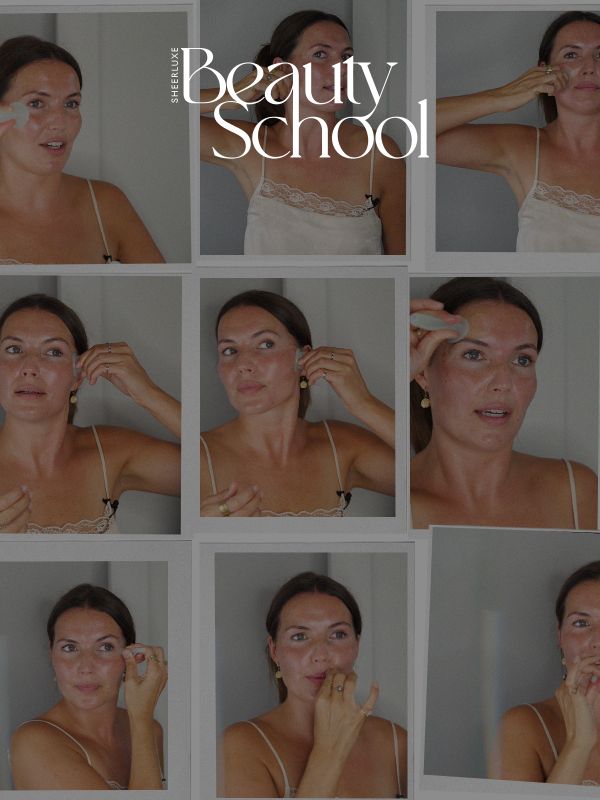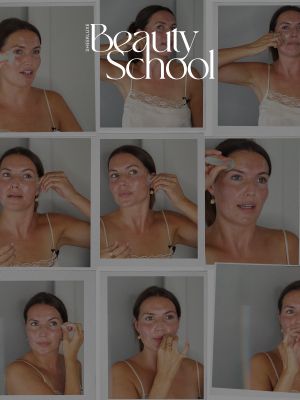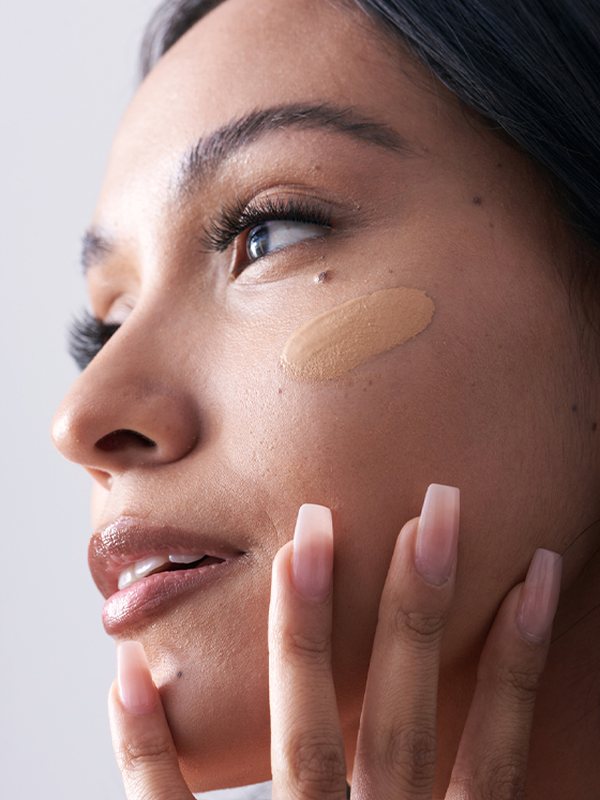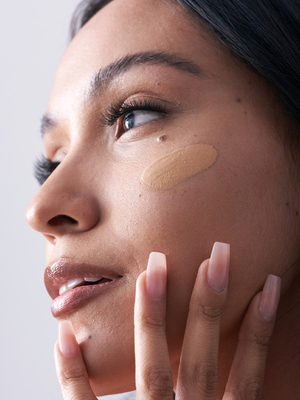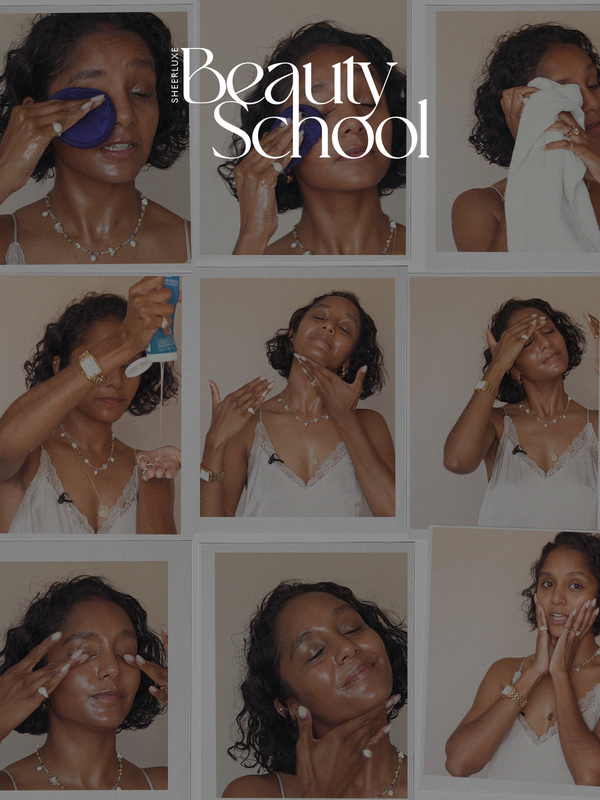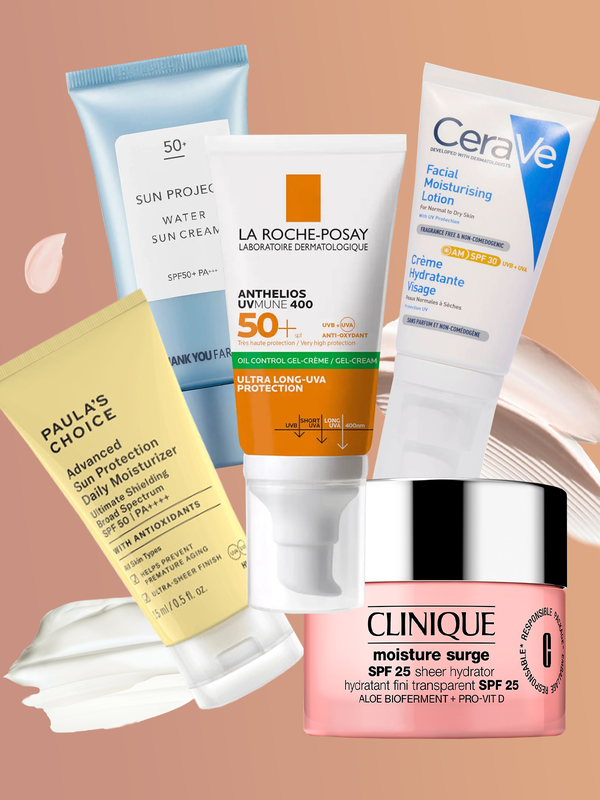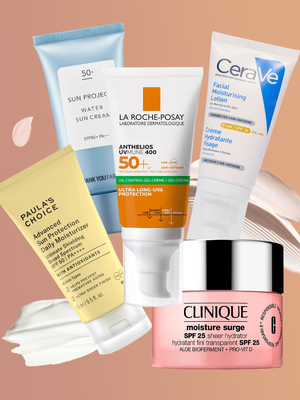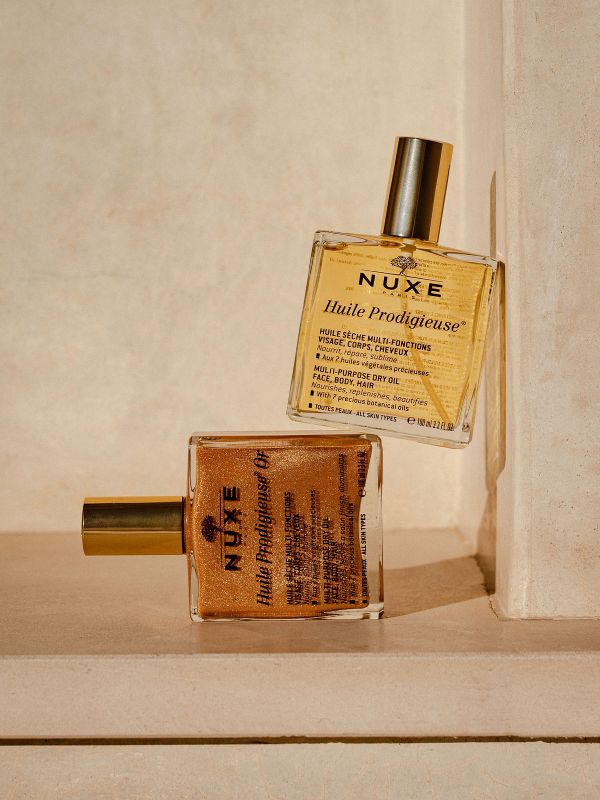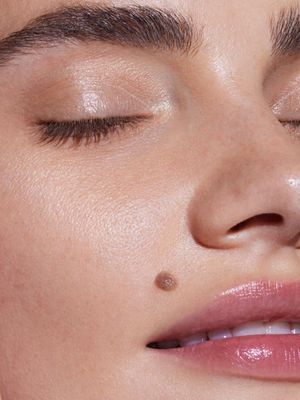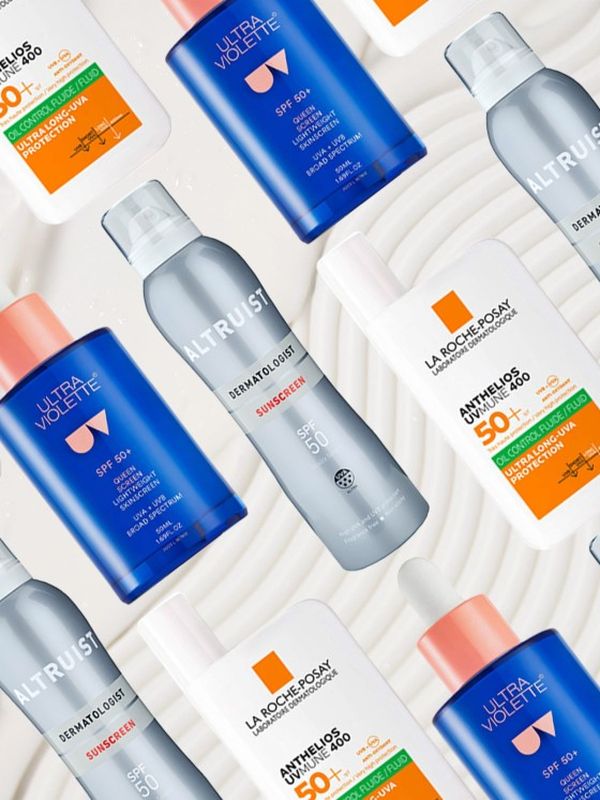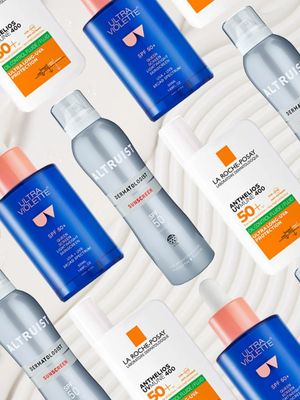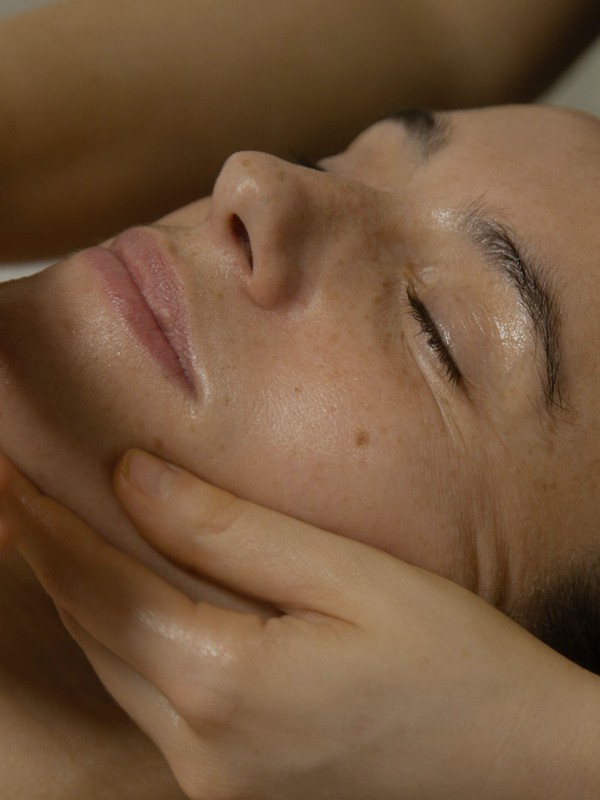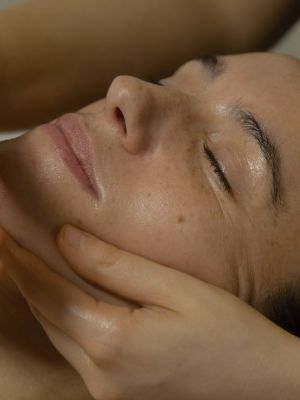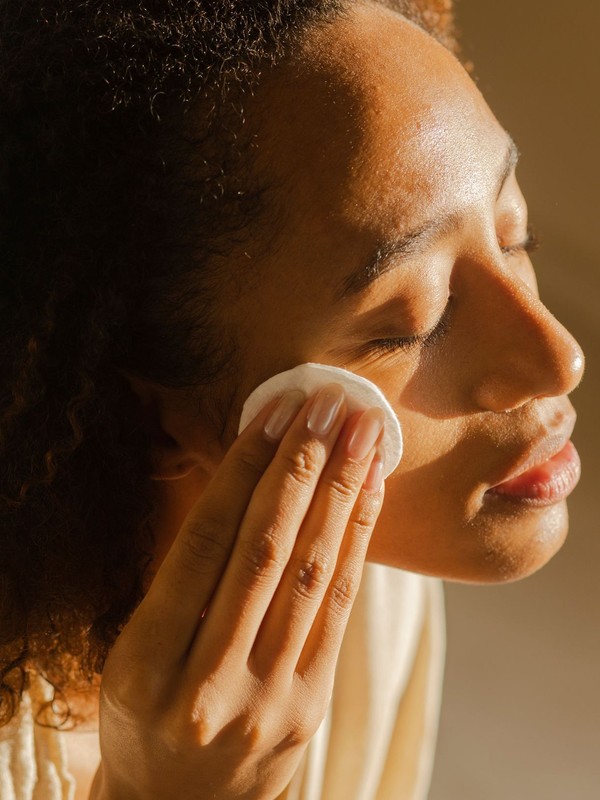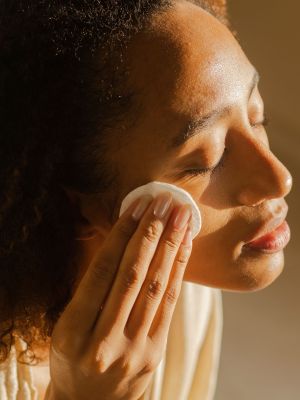
9 Things You Need To Know About Melasma
1. It’s Most Likely To Occur On The Face
Melasma, also referred to as chloasma, is a skin condition where light to dark brown or greyish pigmentation develops, most typically on the face. It usually appears on the upper cheeks, upper lip, forehead and chin although the forearms can also be affected. The dark patches occur when the body produces too much melanin – the natural substance that gives colour to our hair, skin and eyes.
2. It's More Common In Women
Melasma can affect men, but it’s very rare. Over 90% of those who suffer with the condition are female and most are between the ages of 20 and 50. It can affect any skin type, but is more common in people with darker or olive complexions.
3. Hormones Play A Part
The exact cause isn’t known but studies have shown hormonal factors can make it worse. These include pregnancy, the Pill and medical conditions that affect hormone levels.
Melasma also commonly develops during pregnancy and is often referred to as ‘the mask of pregnancy’ – some pregnant women even find that skin which is already more pigmented, such as nipples, freckles or scars, become even darker. Melasma that occurs during pregnancy may resolve on its own within a few months.
4. It’s Different From Hyperpigmentation
Much like general hyperpigmentation, melasma appears in the form of discolouration on the skin and is exacerbated by exposure to the sun. However, unlike hyperpigmentation, which covers everything from acne scars to sunspots, melasma appears in a more uniform manner and is more commonly found in patches – not spots – across your face.
The main difference is largely due to the fact melasma its influenced by hormones. This can also make it trickier to treat than hyperpigmentation, as it can be hard to remove the instigating factors.
5. Heat Can Make It Worse
Visible light and heat can exacerbate melasma so always wear an SPF and avoid saunas and sunbeds. The more sun exposure, the more melanin is likely to be stimulated.
6. Prevention Is Better Than Cure
Melasma may be triggered by hormonal factors but that doesn’t mean you should slack off on the SPF, as UV rays are still responsible for magnifying the condition.
7. It’s Difficult To Treat
Unlike traditional hyperpigmentation, melasma is notoriously tricky to treat. Often what works for one person doesn’t work for another, therefore it’s hard to pinpoint one treatment. That said, a combination of SPF and brightening ingredients such as vitamin C, retinol and kojic, glycolic and azelaic acids can help.
However, there is no real ‘cure’ per se and if you do suffer from melasma, book in to see a dermatologist as soon as possible to delay deeper pigmentation, which is even harder to treat.
8. There Are Prescriptions Available
Certain chemicals can reduce the activity of pigment-forming cells in the skin, and of these, hydroquinone is the most commonly used. Only available via a prescription, a hydroquinone cream can work wonders to lighten the skin and ease pigmentation.
9. Chemical Peels Can Help
Chemical peels can improve melasma by removing the outermost cells of the skin that contain the excess pigment. Ask your dermatologist about a peel that contains trichloroacetic acid (TCA) and alpha-hydroxy acids (AHAs), which have been shown to have good results when it comes to easing pigmentation.
Microdermabrasion can also be used to treat the condition. However, be wary of lasers, which can make pigmentation worse.
Visit CadoganClinic.com
DISCLAIMER: We endeavour to always credit the correct original source of every image we use. If you think a credit may be incorrect, please contact us at info@sheerluxe.com.

